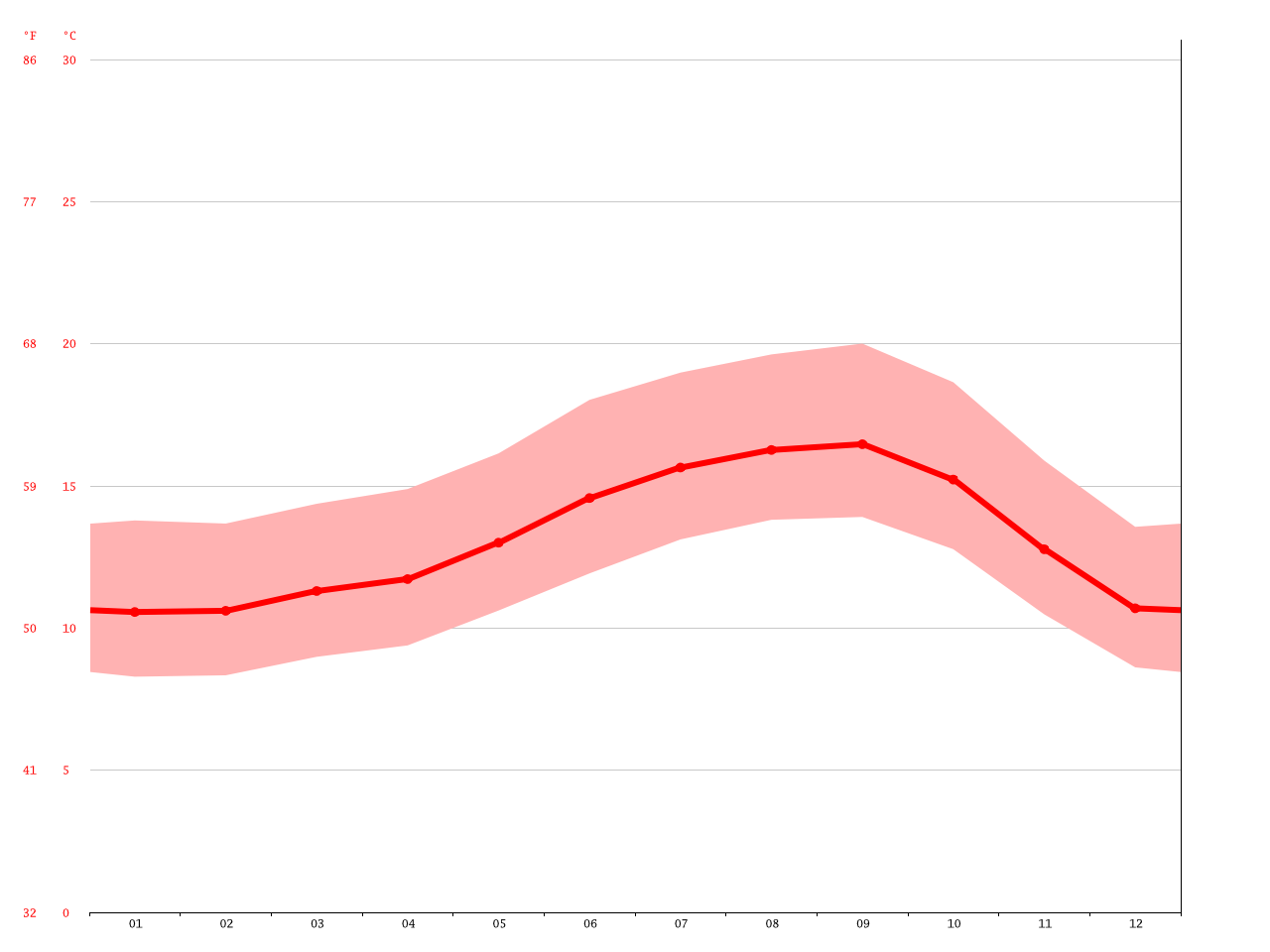

After this threshold, air quality is deemed “unhealthy for sensitive groups” and more acutely impacts adults over 65, children under 18, and those with pre-existing heart and lung conditions.

#Current weather santa cruz ca free
While the WHO warns that no level of air pollution has been shown to be free of health effects, most can remain healthy by taking action when Santa Cruz’s AQI exceeds 101. Checking Santa Cruz live air quality data is paramount to making informed decisions to reduce pollution exposure. While Santa Cruz frequently experiences ozone highs of “moderate,” it only experiences an average of 0.3 days a year that dip into “unhealthy for sensitive groups” levels or worse.īreathing polluted air can cause long-term consequences, including heart and lung disease, cancer, and early death. Ozone is another pollutant of concern for the city, though levels have been within federal attainment since monitoring began in 1996. From 2016 to 2018, there was an average of 5.2 days deemed unhealthy for PM2.5 pollution in Santa Cruz, exceeding the federal allowance of 3.2 days. In recent years, wildfires have created strings of unhealthy PM2.5 air pollution that last days and even weeks. Santa Cruz did not, however, meet federal requirements for short-term or 24-hour PM2.5. In 2017, 2018, and 2019, annual PM2.5 concentrations were 7.5 μg/m 3, 8.5 μg/m 3, and 6.5 μg/m 3, respectively, thus meeting the US standard of 12 μg/m 3 as well as the more stringent World Health Organization (WHO) standard of 10 μg/m 3. Santa Cruz averages healthy PM2.5 concentrations overall.

PM2.5 sources include fossil fuel combustion (such as in motor vehicles and industry), wood burning, wildfires, and windblown dust from agricultural or construction sites, among numerous others. Due to the microscopic size of these particles, they are able to penetrate deep into the lungs and become absorbed into the body’s circulatory system, causing widespread damage. While daily emissions and resulting air quality measurements in Santa Cruz are relatively low, periods of short-term PM2.5 and ozone pollution can contribute to unhealthy air.įine particulate matter, or PM2.5, describes airborne particles with a wide variety of chemical makeups and sources that measure 2.5 micrometers in diameter or smaller. Air quality here is generally considered healthy, owing to the city’s moderate climate, ocean-side location, relatively small population of roughly 70,000, and sparse industrial activity. Santa Cruz is a coastal city located on the northern edge of Monterey Bay.

Summertime performances under the stars by Santa Cruz Shakespeare, Cabrillo College’s Festival of Contemporary Music, and outdoor movies and concerts round out the season.What is the air quality in Santa Cruz right now? Heritage Tourism is alive at these sacred places. Rancho San Andres Castro Adobe State Historic Property sits on the homelands of the Awaswas speaking Aptos tribe. Take a self-guided tour of Evergreen Cemetery, or visit Mission Santa Cruz, and learn about local history. These Craft Bar experiences are led by acclaimed artist and owner Ann Morhauser. Visit the Tannery Arts Center, where artists live and work, and meet painters, sculptors, jewelry makers, photographers and other creatives.Įach month, businesses and points of interest display the work of local artists during the First Friday Art Tour.Ĭreate a succulent garden, leather wallet, decorative plate and more during hands-on workshops at Annieglass Studios in Watsonville. Art hotspots like Abbott Square Market in Downtown Santa Cruz, the Santa Cruz Museum of Art, Pajaro Valley Arts Council, Santa Cruz Art League, Capitola Historical Museum, Santa Cruz Mountain Arts Center, are great places to start. Santa Cruz County’s creative flair is expressed through music, art, history, and performances.


 0 kommentar(er)
0 kommentar(er)
